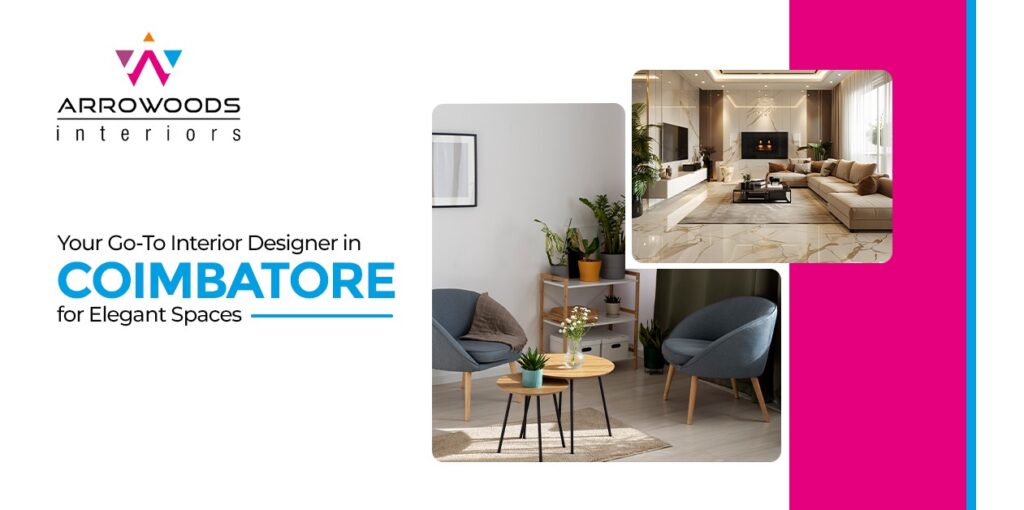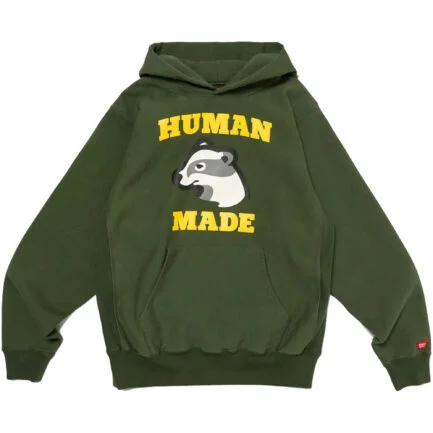Which is better, MDF or PVC? A Comprehensive Comparison

When it comes to choosing materials for various construction and DIY projects, two popular options that often come up are Medium Density Fiberboard (MDF) and Polyvinyl Chloride (PVC). Both materials have their unique properties, advantages, and disadvantages. In this comprehensive guide, we’ll dive deep into the world of MDF and PVC, comparing their characteristics, applications, and cost-effectiveness to help you make an informed decision for your next project.
Understanding MDF and PVC
Before we delve into the comparison, let’s briefly explain what MDF and PVC are:
What is MDF?
Medium Density Fiberboard (MDF) is an engineered wood product made by breaking down hardwood or softwood residuals into wood fibers. These fibers are then combined with wax and resin binder to form panels under high temperature and pressure.
What is PVC?
Polyvinyl Chloride (PVC) is a synthetic plastic polymer widely used in construction and manufacturing. It’s made from ethylene and chlorine and can be produced in both rigid and flexible forms.
MDF vs PVC: A Detailed Comparison
Let’s break down the comparison between MDF and PVC based on various factors:
1. Durability and Strength
MDF:
- Moderate strength and durability
- Susceptible to moisture damage
- Can chip or crack if not handled carefully
PVC:
- High durability and strength
- Excellent moisture resistance
- Resistant to cracking, chipping, and warping
Winner: PVC
PVC takes the lead in durability due to its superior moisture resistance and overall toughness.
2. Weight and Handling
MDF:
- Heavier than PVC
- Can be challenging to transport and install, especially in larger sheets
PVC:
- Lightweight and easy to handle
- Ideal for projects where weight is a concern
Winner: PVC
The lightweight nature of PVC makes it easier to work with, especially for DIY enthusiasts and in projects where weight is a crucial factor.
3. Workability and Finishing
MDF:
- Easy to cut, drill, and shape
- Smooth surface ideal for painting and laminating
- Can be routed to create decorative edges
PVC:
- Can be cut and drilled, but requires specialized tools for best results
- Limited finishing options compared to MDF
- Cannot be easily sanded or stained
Winner: MDF
MDF’s superior workability and finishing options give it an edge in this category.
4. Cost
MDF:
- Generally less expensive than PVC
- Cost-effective for large projects
PVC:
- More expensive than MDF
- Long-term durability may offset initial higher cost
Winner: MDF
While discussing costs, it’s worth mentioning the PVC vs plywood price comparison. PVC is typically more expensive than both MDF and plywood, making MDF an attractive option for budget-conscious projects.
5. Environmental Impact
MDF:
- Made from recycled wood fibers
- Contains formaldehyde, which can be harmful to health and the environment
- Can be recycled, but not as easily as PVC
PVC:
- Made from non-renewable resources
- Production process can release harmful chemicals
- Highly recyclable and often used in recycled products
Winner: Tie
Both materials have environmental concerns, but also some eco-friendly aspects. The choice depends on specific priorities.
6. Water Resistance
MDF:
- Poor water resistance
- Swells and deteriorates when exposed to moisture
- Requires additional treatment for use in damp environments
PVC:
- Excellent water resistance
- Ideal for outdoor and moisture-prone applications
- Doesn’t rot, warp, or decay due to water exposure
Winner: PVC
PVC’s superior water resistance makes it the clear winner for applications where moisture is a concern.
7. Fire Resistance
MDF:
- Limited fire resistance
- Can be treated with fire-retardant chemicals
PVC:
- Inherently flame-retardant
- Self-extinguishing properties
Winner: PVC
PVC’s natural fire-resistant properties give it an advantage in safety-critical applications.
8. Lifespan
MDF:
- Moderate lifespan, especially when properly maintained
- Can deteriorate faster in humid environments
PVC:
- Long lifespan due to its resistance to environmental factors
- Maintains its properties over time
Winner: PVC
PVC’s durability and resistance to environmental factors contribute to a longer lifespan.
9. Versatility in Applications
MDF:
- Widely used in interior applications
- Ideal for furniture, cabinetry, and decorative elements
- Not suitable for outdoor use without significant treatment
PVC:
- Versatile for both indoor and outdoor applications
- Used in construction, plumbing, electrical work, and more
- Suitable for areas with high moisture or temperature fluctuations
Winner: PVC
PVC’s versatility across a wide range of applications gives it the edge in this category.
Common Applications
To further illustrate the differences between MDF and PVC, let’s look at some common applications for each material:
MDF Applications:
- Kitchen and bathroom cabinetry
- Furniture (bookshelves, tables, etc.)
- Interior doors
- Decorative moldings and trims
- Speaker boxes
- Laminate flooring substrate
PVC Applications:
- Window frames and doors
- Plumbing pipes and fittings
- Electrical conduits
- Outdoor furniture
- Siding and cladding
- Roofing membranes
- Signage and displays
Pros and Cons Summary
Let’s summarize the key advantages and disadvantages of each material:
MDF Pros:
- Cost-effective
- Smooth surface ideal for painting and laminating
- Easy to work with using standard woodworking tools
- Consistent density throughout
- Made from recycled wood fibers
MDF Cons:
- Poor water resistance
- Contains formaldehyde
- Heavier than PVC
- Limited fire resistance
- Can chip or crack if not handled carefully
PVC Pros:
- Excellent water and moisture resistance
- Durable and long-lasting
- Lightweight and easy to handle
- Fire-resistant properties
- Versatile for indoor and outdoor use
PVC Cons:
- More expensive than MDF
- Limited finishing options
- Requires specialized tools for best results
- Environmental concerns regarding production and disposal
- Can become brittle in extremely cold temperatures
Q: Can MDF be used outdoors?
A: MDF is not recommended for outdoor use without significant treatment, as it’s highly susceptible to moisture damage. PVC is a better choice for outdoor applications.
Q: Is PVC more expensive than MDF?
A: Yes, PVC is generally more expensive than MDF. However, its durability and longevity may offset the initial higher cost in some applications.
Q: Can MDF be painted?
A: Yes, MDF can be easily painted and provides a smooth surface for a professional finish. It’s important to properly seal the edges before painting.
Q: Is PVC environmentally friendly?
A: While PVC is highly recyclable, its production process can have environmental impacts. However, its long lifespan and recyclability contribute to its overall environmental profile.
Q: Can MDF be used in bathrooms?
A: MDF can be used in bathrooms if properly sealed and protected from moisture. However, PVC or moisture-resistant MDF alternatives are often better choices for high-humidity environments.
Q: Is PVC safe for food contact?
A: Certain grades of PVC are approved for food contact applications. Always check the specific product’s specifications and certifications for food safety compliance.
Q: How does the PVC vs plywood price compare?
A: PVC is typically more expensive than plywood, similar to its price comparison with MDF. The choice between PVC and plywood often depends on the specific application and required properties.
Q: Can MDF be stained like natural wood?
A: MDF doesn’t accept stain in the same way as natural wood due to its uniform composition. It’s better suited for painting or laminating.
Q: Is PVC difficult to cut and install?
A: While PVC can be cut with standard tools, specialized PVC cutting tools often provide better results. Its lightweight nature makes it easier to install compared to heavier materials like MDF.
Q: Which material is better for furniture making, MDF or PVC?
A: MDF is generally preferred for furniture making due to its workability and finishing options. However, PVC can be suitable for certain types of outdoor or moisture-resistant furniture.
Conclusion
In the debate of MDF vs PVC, there’s no one-size-fits-all answer. The choice between these materials depends largely on the specific requirements of your project, budget constraints, and environmental considerations.
MDF shines in interior applications where a smooth, paintable surface is desired, and cost is a significant factor. Its ease of workability makes it a favorite among woodworkers and DIY enthusiasts for furniture and cabinetry projects.
PVC, on the other hand, excels in applications where durability, moisture resistance, and longevity are paramount. Its versatility across both indoor and outdoor uses, coupled with its low maintenance requirements, makes it an attractive option for a wide range of construction and manufacturing projects.
When considering the PVC vs plywood price, it’s important to factor in the long-term benefits and specific project needs. While PVC may have a higher upfront cost, its durability and resistance to environmental factors can provide better value over time in certain applications.
Ultimately, the decision between MDF and PVC should be based on a careful evaluation of your project’s specific needs, including:
- Environmental conditions (indoor vs outdoor, moisture exposure)
- Required lifespan of the finished product
- Budget constraints
- Workability and finishing requirements
- Environmental impact considerations
By weighing these factors and understanding the strengths and limitations of each material, you can make an informed decision that best suits your project’s needs. Whether you choose the cost-effective and workable MDF or the durable and versatile PVC, both materials have their place in modern construction and DIY projects.











